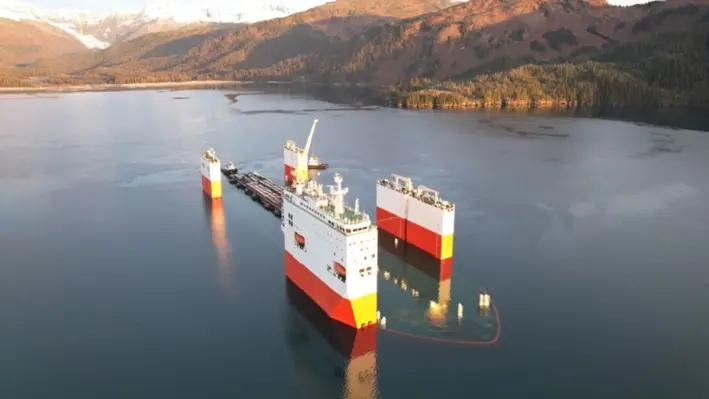
 Earlier this month, the Australian Government awarded COSCO Shipping Heavy Transport (COSCO) a contract to dry tow the Northern Endeavour FPSO vessel to its recycling location.
Earlier this month, the Australian Government awarded COSCO Shipping Heavy Transport (COSCO) a contract to dry tow the Northern Endeavour FPSO vessel to its recycling location.
The Hua Rui Long semi-submersible heavy lift vessel will tow the Northern Endeavour to a facility for decontamination, dismantling and recycling. The FPSO measures 274 metres in length, meaning there are only a few vessels in the world capable of carry something of this magnitude. Securing a vessel in the right timeframes for this project marks a significant milestone for the programme.
COSCO will work with Petrofac to arrange for the FPSO to be towed to the recycling location after disconnection. The Department of Industry, Science and Resources released a request for tender to find a supplier to recycle the FPSO. Submissions closed on December 13th, 2024, and the Department is currently evaluating its options.

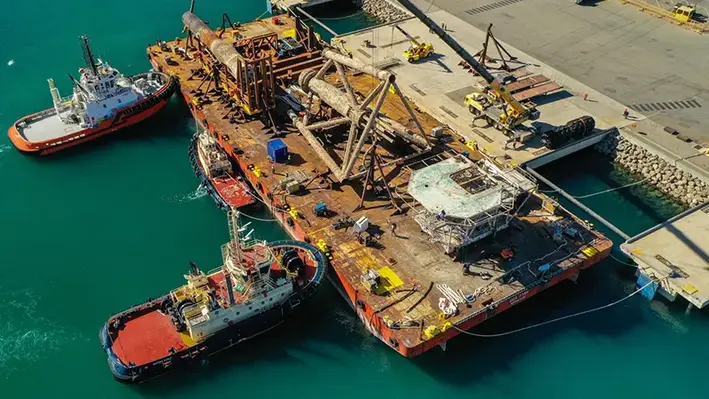 Liberty Industrial has completed the onshore deconstruction and recycling of the Santos Campbell platform on behalf of McDermott International Ltd.
Liberty Industrial has completed the onshore deconstruction and recycling of the Santos Campbell platform on behalf of McDermott International Ltd.
The project featured the Roll-On-Roll-Off procedure of the oil platform using Self-Propelled Modular Transporters (SPMTs) at the Australian Marine Complex Common User Facility (AMC CUF).
“The decommissioning of the Campbell platform exemplifies Liberty Industrial’s ability to tackle the intricate nature of onshore decommissioning, setting a benchmark for excellence in a rapidly growing industry sector,” said Jed Van Iersel, decommissioning manager at Liberty Industrial.
Van Iersel added that it highlighted the company’s ability “to meet all stakeholder requirements” and to handle complex marine operations.”
Following the offshore removal by McDermott, the Santos Campbell platform arrived at Port Henderson in three unique structures via barge.
These structures were safely transported via SPMTs to the onsite deconstruction yard for disposal and recycling.Liberty Industrial executed the Roll-On-Roll-Off procedures in just five days, following six months of meticulous planning with leading in-house and subcontractor engineers.
The deconstruction posed significant logistical challenges, the company added in a statement.
Each structure, the heaviest weighing over 600 tonnes, required a bespoke handling plan to ensure safe and efficient transfer from the barge to the decommissioning site, addressing various water displacement considerations and tight port schedules.
The remaining onshore deconstruction and recycling programme was completed on budget, on time, and with exceptional stakeholder satisfaction in 57 days, the statement noted.
Located in the Varanus Island hub, the Campbell Platform removal was contracted to McDermott in 2023, who then engaged Liberty Industrial for the task of deconstruction and waste recycling management.
All structures were deconstructed using suitable demolition excavators, with demolition of taller structures achieved by high reach excavators, oxy-cutting from EWP to pre-weaken structures before final induced collapse, the Liberty Industrial statement noted.
The materials from these structures were then downsized and moved to the processing area for segregating and processing using hot oxy-cutting and cold mechanical shearing, achieving a 99.5% recycling rate.
“We are extremely pleased with our ability to manage the complexities of the project by expanding our capabilities to include marine offloading operations and set a new benchmark for onshore decommissioning in Australia,” said Warwyck Smith, Decommissioning Project Manager, Liberty Industrial.
“We look forward to expanding on our already established and growing presence as a subject matter expert in onshore decommissioning in Australia and internationally.”
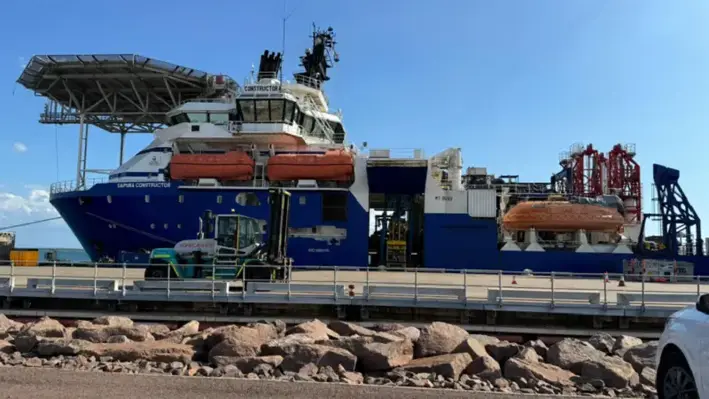
 A major milestone has been reached regarding the decommissioning of the Northern Endeavour FPSO wherein an extensive well suspension and flushing campaign has been successfully completed.
A major milestone has been reached regarding the decommissioning of the Northern Endeavour FPSO wherein an extensive well suspension and flushing campaign has been successfully completed.
The campaign started in September 2024, led by Phase 1 contractor Petrofac Facilities Management Limited (Petrofac). Sapura Constructor, the light well intervention vessel, has completed the works in the Laminaria-Corallina oil fields.
The critical work included temporarily suspending seven of the nine oil wells in the Laminaria-Carollina oil fields (two of the wells were previously suspended). The process involved closing off the valves that control pressure and flow on the sea floor, and installing two sets of specialised barriers at two different sections of the well to ensure fluids cannot escape.
The other part of the campaign involved flushing of nearly 30km of pipeline, including subsea umbilicals, risers and flowlines. The process ensures the pipeline are clear of hydrocarbons and hazardous materials before disconnecting the FPSO which is penned for the second half of 2025.
The completion of this well suspension and flushing campaign is a major step towards allowing the FPSO to be safely disconnected from the subsea infrastructure without leaking fluids into the ocean. More work will take place in later phases of the project to permanently plug and abandon the wells.

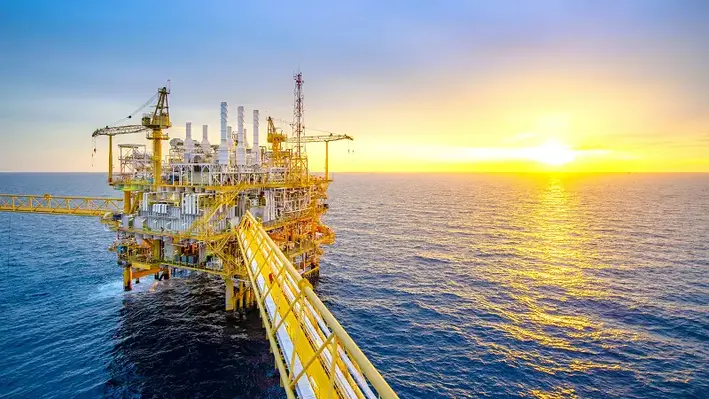
The decommissioning process comprises a total of seven stages, with preparation being the third stage.
This stage involves well P&A, cleaning, purging and isolation, and a preliminary categorisation of material streams. Using renewable energy sources like wind, solar or wave power to perform offshore decommissioning activities offers a plethora of environmental and cost-saving benefits.
Some notable applications include:
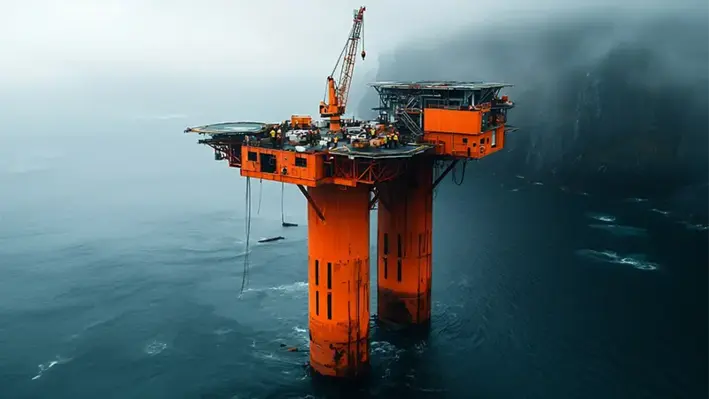

Australia’s total decommissioning liability is estimated at around US$40.5bn, with the region’s disposal industries, although being well placed, possess some critical knowledge gaps that urgently need addressing.
According to a report by CODA, a scenario mapping exercise based on the Strengths, Weaknesses, Opportunities Threats (SWOT) analysis was performed. From the analysis, the following potential disposal solutions were found to be ideal:
With the presence of an efficient domestic recycling industry and concrete recycling market, the waste management and recycling phase of Australia’s offshore decommissioning seems to be on track. However, a number of negative factors have resulted in the preference of abroad disposal over domestic disposal:
By working towards enhancing domestic disposal capabilities, Australia can not only reap economic and environmental benefits, but also promote technology and infrastructure development and adhere more strongly to local laws. This in turn helps in building public trust and reputation, thereby giving Australia a chance to position itself as a leader in sustainable offshore decommissioning.
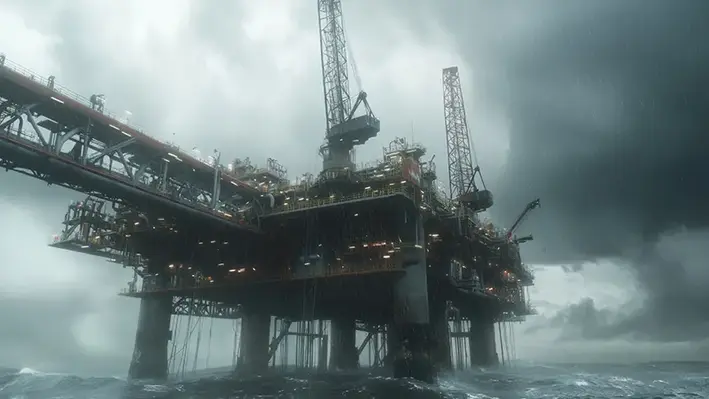

A recent report by Macquarie University’s Centre for Energy and Natural Resources Innovation highlights a pressing issue regarding how the structural integrity and failure risks that come with offshore wells that are suspended, plugged or abandoned tend to be severely underestimated.
Wells that are not appropriately abandoned can pose a serious threat to the health of neighboring countries and the environment. Inadequate plugging can also result in excessive emission of methane, contributing to climate change. Moreover, leaks and operational issues can make them a significant safety hazard.
The report highlighted six recommended best practices and regulatory reforms that would be useful for handling plugged and abandoned oil and gas wells. Upon its launch, professor of Energy and Resources Law at Macquarie and writer of the report, Tina Soliman-Hunter, in collaboration with the members of the Maritime Union of Australia (MUA) urged the need to strengthen the regulatory framework for end-of-life offshore oil and gas assets.
CODA's forecast emphasised that around 51% of Australia's on- and offshore decommissioning liability will occur before 2030, with 23% occuring between 2031 and 2040. This liability considers the removal of offshore material, most of which comprises steel and concrete. The removal of a majority of offshore infrastructure material would depend on NOPSEMA requirements.
According to an article by Petroleum Australia, deputy leader of the Victorian Greens and Member of the Victorian Legislative Council, Sarah Mansfield stated that nearly 150,000 tonnes of methane were being emmitted by just a handful of surveyed sites each year. She also initiated the inquiry into abandoned and plugged wells, given Victoria's gradual transition towards renewables.
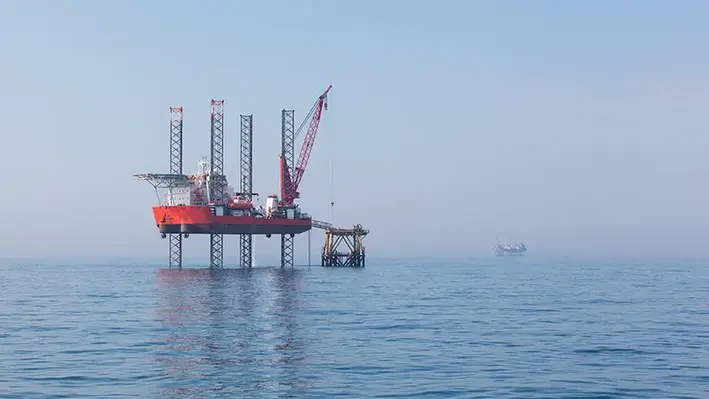
 Global law firm Clifford Chance has provided its feedback on Australia’s recently-published roadmap for decommissioning, calling the blueprint a welcome development but one that needs "tangible" support to ensure success.
Global law firm Clifford Chance has provided its feedback on Australia’s recently-published roadmap for decommissioning, calling the blueprint a welcome development but one that needs "tangible" support to ensure success.
In its report – The Road to Decommissioning: Establishing a Global Decommissioning Hub in Australia – it charts the steps Australia plans to make following the release of the government’s long-awaited Offshore Resources Decommissioning Roadmap. In its closing remarks on where to next for the industry, Clifford Chance highlights some of the many opportunities –and challenges –ahead.
"There is significant potential for growth in the Australian decommissioning industry through involvement in upskilling employees, re-purposing existing ports and building facilities that will improve the efficiency of recycling decommissioned materials," it states. "The government's commitment to ensuring Australia is equipped to grow the decommissioning industry is a welcome development, which needs to be matched with tangible actions."
Testimony to Australia's continuing commitment to energy transition, the main objective of the roadmap is to develop a world leading decommissioning hub in Australia. This proposed hub will service global demands, seizing the opportunity to capitalise on the estimated US$60bn spend on decommissioning offshore facilities over the next 30 to 50 years. Among the growth opportunities highlighted by Clifford Chance are prospects for international collaboration. It notes that Australia lacks adequate vessels for engaging in heavy offshore decommissioning and there is also an opportunity for stakeholders to collaborate with other global markets to import machinery. Port modification is also seen as another area of opportunity. No existing Australian port researched by CODA and KPMG has all the required attributes to handle offshore decommissioning, Clifford Chance noted in its report. This means existing ports will need to be modified to host decommissioning.
But ultimately, this is only the beginning of the journey, it adds. "It is clear that the Australian government, and its state counterparts (who must come along this journey), are still in the information-gathering phase of developing the industry, as there has been a recent request for tender by the Department of Industry Science and Resources for technical advice relating to decommissioning.
"It is a long road ahead, but the areas of development highlighted by the government should act as a checklist for interested parties in ensuring that Australia is at the forefront of the decommissioning industry.
"The roadmap is a welcome and significant stepping stone in Australia’s energy transition journey, and in developing and fostering stakeholder engagement on Australia's ambitions to become a global leader in the offshore decommissioning sector. Australia's next step is eagerly awaited."
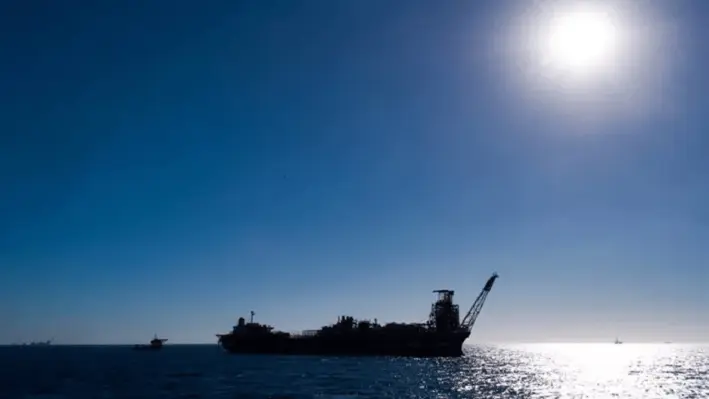
 The end of 2024 saw the Australian Government’s Department of Industry, Science and Resources release ‘Australia’s Offshore Resources Decommissioning Roadmap’, summarising the Government’s plan to create a sustainable domestic decommissioning industry.
The end of 2024 saw the Australian Government’s Department of Industry, Science and Resources release ‘Australia’s Offshore Resources Decommissioning Roadmap’, summarising the Government’s plan to create a sustainable domestic decommissioning industry.
In the Minister’s Foreword, Madeleine King, Minister for Resources and Minister for Northern Australia, stated, “An Australian decommissioning industry can be part of our economic transformation as we move to net zero. It can support new jobs for our skilled offshore workforce and attract new investment for Australian businesses. It can also grow domestic industrial capabilities while supporting the circular economy. This industry will play a key role in the continued protection of our marine environment by ensuring Australia continues to meet the robust environmental standards under Australian and international law.
“The foundations of an Australian decommissioning industry have been laid. We have the skills and expertise to underpin a world-class decommissioning industry, backed by strong regulatory settings.”
The roadmap outlines the steps the Australian Government will need to take to coordinate and guide policies while setting clear regulatory expectations in order to seize the estimated AUD$60bn in economic opportunity lying in wait.
To implement the roadmap, a dedicate Offshore Decommissioning Directorate will be established within the Department and will work with industry, unions, state and territory governments, First Nations groups, international organisations and local communities to help build an Australian decommissioning industry. The Directorate will focus on the most pressing issues identified by stakeholders and also work across governmental bodies to necessary policies in place to maximise the contribution of decommissioning to the Australia economy.
In line with the roadmap, the Australian Government will implement the following actions to support the development of the regions’ decommissioning industry:
More information, as well as the full roadmap, can be found on the Government’s website.
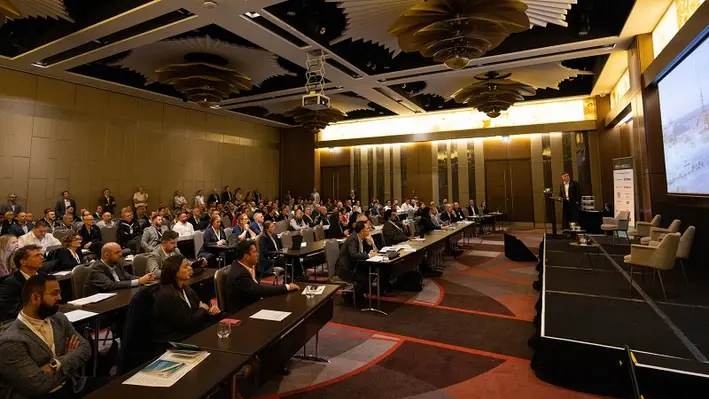
 Australia’s leading decommissioning and abandonment conference (D&A AUS 2025) will be opening its doors once again this June for a jam-packed schedule full of more industry updates, case study analyses, networking opportunities and VIP events than ever before.
Australia’s leading decommissioning and abandonment conference (D&A AUS 2025) will be opening its doors once again this June for a jam-packed schedule full of more industry updates, case study analyses, networking opportunities and VIP events than ever before.
Taking place at The Crown Perth on 10-11 June, 2025, this year’s edition, once again in partnership with CODA, will shine the spotlight on the region’s regulators, including an in-depth session with NOPSEMA discussing the roadmap for new technology implementation within the Australian decommissioning market.
Attendees will also have the chance to hear the latest updates regarding the notorious Northern Endeavour project in a talk led by the Department of Industry Sciences and Resources, as well as develop a deeper understanding of the on-going environmental research conducted by NDRI, AIMS and ANSTO in a panel session dedicated to identifying current gaps in the research.
Australia’s largest operators will also play an integral role in the conference, including Chevron, ExxonMobil and Woodside who will take centre stage to delve into regional case studies from their current decommissioning portfolio.
This year will feature the debut of the newly revamped expo hall, boasting double the number of booth as previous years and a fresh new look promising to be the one-stop-shop for all decommissioning needs.
As the content value of the conference has continuously elevated, so too have the networking opportunities, allowing delegates to indulge in the VIP treatment. This year, attendees can kick-start proceedings with the Pre-Conference Icebreaker Drinks, garnering new relationships and reconnecting with old faces over cocktails and canapés before toasting to the exciting days to come. D&A AUS 2025 will also once again host its invaluable Networking Drinks after the Day One sessions have ended, allowing delegates to relax, unwind and debrief.
Adding a touch of luxe to the events calendar, this year’s Deluxe Pass Holders will once again be treated to a Deluxe Dinner. The exclusive gathering offers a unique opportunity to connect with fellow delegates in a more intimate setting over a five-course menu. To round out the conference on a high note, VIP Pass Holders will enjoy a night of entertainment complete with a premium drinks package, a three-course meal and plenty of surprises in store.
Featuring 500 delegates, 50 new technology demos, 50 expert speakers, five interactive exhibition and networking spaces and five bespoke networking sessions, D&A AUS 2025 promises to be an unmissable event in the region’s oil and gas calendar.

 The end of 2024 saw the Centre of Decommissioning Australia (CODA) celebrate its third anniversary of serving as the region’s peak body for decommissioning, and the organisation intends to keep the momentum building during its fourth year of operation.
The end of 2024 saw the Centre of Decommissioning Australia (CODA) celebrate its third anniversary of serving as the region’s peak body for decommissioning, and the organisation intends to keep the momentum building during its fourth year of operation.
Francis Norman, CEO of CODA, shared his delight with the milestone achievement, stating, “Reaching our third anniversary is a proud moment for CODA. It reflects not only the strength of our partnerships but also the dedication and collaborative spirit of everyone in shaping the future of decommissioning in Australia.”
Over the three-year period, CODA has grown to become a 130+ partner organisation across the entire supply chain.
As the organisation remains committed to advancing the industry within Australian waters, CODA has conducted various studies and initiatives during its operational years. Those include:
The above initiatives have not only aided in advancing industry knowledge, but played a vital role in highlighting the importance of collaboration in addressing the complexities of decommissioning.
Norman concluded, “The work we’ve achieved together – delivering key studies, building industry resources, and fostering collaboration – has set a solid foundation for continued progress. I want to thank all of our partners and the Jobs, Tourism, Science and Innovation Department of the WA Government for their valuable support. Here’s to many more milestones ahead.”
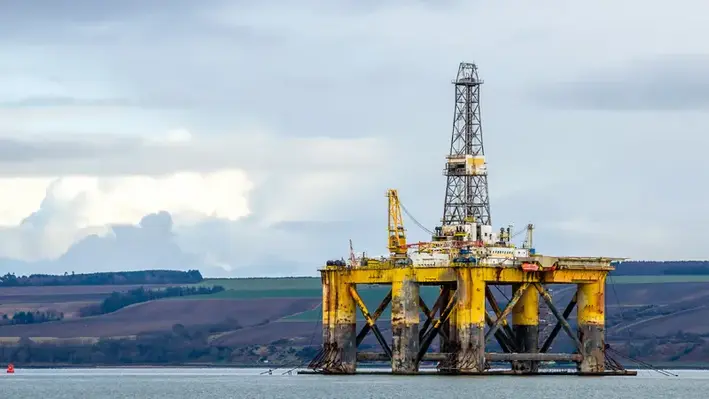
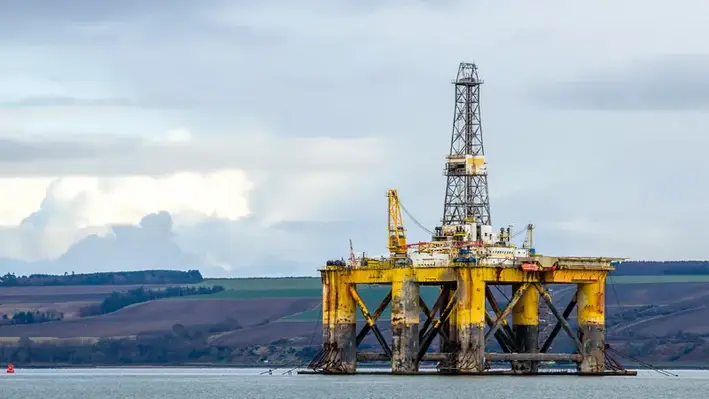 The Australian government is seeking expert guidance to dismantle over 200 aging oil and gas structures set for decommissioning this year. The Department of Industry, Science, and Resources (DISR) has issued a call for technical specialists to oversee the process, ensuring compliance with environmental and regulatory standards.
The Australian government is seeking expert guidance to dismantle over 200 aging oil and gas structures set for decommissioning this year. The Department of Industry, Science, and Resources (DISR) has issued a call for technical specialists to oversee the process, ensuring compliance with environmental and regulatory standards.
With a wave of decommissioning ahead, Australia is preparing for large-scale offshore infrastructure removal. The Centre of Decommissioning Australia (CODA) projects significant activity between February and July 2025. The scope includes 41 platform wells, 34 subsea wells, 15 exploration wells, multiple production units, pipelines, and various subsea structures.
Strengthening regulations and industry oversight
The growing number of obsolete offshore installations has prompted a tightening of Australia’s regulatory framework. Amendments to the Offshore Petroleum and Greenhouse Gas Storage Act 2006 (OPGGS Act) have introduced stricter financial requirements, increased oversight on asset transfers, and implemented trailing liability measures—holding companies accountable long after operations cease.
CODA estimates decommissioning liabilities at approximately USD $40.5 billion, with well plug and abandonment (P&A) and pipeline removals making up the bulk of costs. In response, DISR has created a dedicated Decommissioning Branch, recruiting specialists to refine policies, assess risks, and align strategies with international best practices.
Positioning Australia as a decommissioning leader
Beyond environmental and financial safeguards, Australia sees an opportunity to build a competitive decommissioning industry. With an estimated $60 billion in offshore retirement costs over the next 30–50 years, the government is laying the groundwork for a domestic sector that could drive job creation, innovation, and expertise.
The National Offshore Petroleum Safety and Environmental Management Authority (NOPSEMA) is leading efforts to uphold safety and environmental protocols throughout the process. By establishing best-in-class decommissioning capabilities, Australia aims to not only manage its offshore legacy but also export its expertise to global markets, transforming a costly challenge into an economic opportunity.
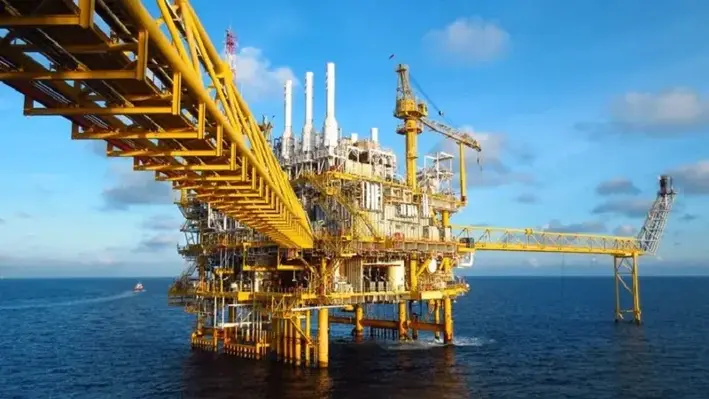
 Woodside Energy has released an update of the company's decommissioning activities for the fourth quarter of 2024.
Woodside Energy has released an update of the company's decommissioning activities for the fourth quarter of 2024.
The removal of the Griffin Riser Turret Mooring (RTM) has been a highlight for the company as it marked the removal of nearly 25000 tonnes of infrastructure that included over 200 kms of pipe and 100 subsea structures that covered the Enfield, Echo Yodel, Stybarrow and Griffin fields. RTM removal besides, 20 wells have also been permanently plugged.
The RTM was recovered without significant obstacles to be transported to the Australian Marine Complex at Henderson, Western Australia, where its components will be cleaned and disassembled for recycling or reuse.
The Griffin field that is situated off 65 km north west of Onslow and 94 km north east of Exmouth had served in its lifetime Western Australia’s power needs with not only 62 billion cubic feet of gas, but also 167 million barrels of oil.
Above: Australia is preparing for a wave of decommissioning activity this year. (Image source: Adobe Stock)
Woodside's decommissioning campaigns at Stybarrow included the plugging and abandoning of three wells, removal of several moorings, structures, and wellheads that covered multiple fields offshore Western Australia. Last year, the company plugged and abandoned seven of 10 Stybarrow wells, recovered more than 90 subsea structures including wellheads, Xmas trees
and manifolds, and recovered 149 km of pipe.
Woodside's decommissioning work in Stybarrow was supported by McDermott under an engineering, procurement and removal contract.
“This award not only demonstrates McDermott’s proven track record in undertaking deepwater projects of diverse scopes, but it also highlights the critical importance of decommissioning in the offshore industry.
“With our seamless integration of engineering, fabrication, and offshore mobilisation expertise, we believe we are well-equipped to execute this project efficiently and responsibly, ensuring the safe recovery and removal of the Stybarrow DTM buoy,” said Mahesh Swaminathan, Senior Vice President, Subsea and Floating Facilities, McDermott.
The contract enables McDermott to fully remove the Stybarrow disconnectable turret mooring (DTM) buoy, and provide project management and engineering services for the recovery, transportation and offloading of the DTM buoy to an onshore yard for dismantling and disposal.
The Bass Strait decommissioning work continues as well, with plug and abandonment completed on the Perch and Dolphin facilities. Steel gravity based monotowers, the Perch and Dolphin facilities saw the deployment of DOF multi-purpose support vessel (MPSV) Skandi Darwin.
The MPSV's floating support asset can accomodate the whole workforce, eliminating crew transportaion costs. It also allows to complete abandonment operations on non-producing facilities which do not have accommodation based on them.
Speaking of the MSVP, Marine Field Superintendent, Matt Barney said, “We’re excited to start utilising the MPSV to expand our capabilities and adopt new technology to identify efficiencies, while ensuring the work can be completed safely.”
Allseas is also part of the Bass Strait decommissioning campaign, whereby the company will be dismantling up to 12 retired platforms from the region. “This landmark decommissioning project represents a significant milestone for Allseas in Australia,” said Evert van Herel, General Manager of Allseas Australia.
To know more about Australia's decommissioning scene, click here.
Page 5 of 13
Copyright © 2025 Offshore Network